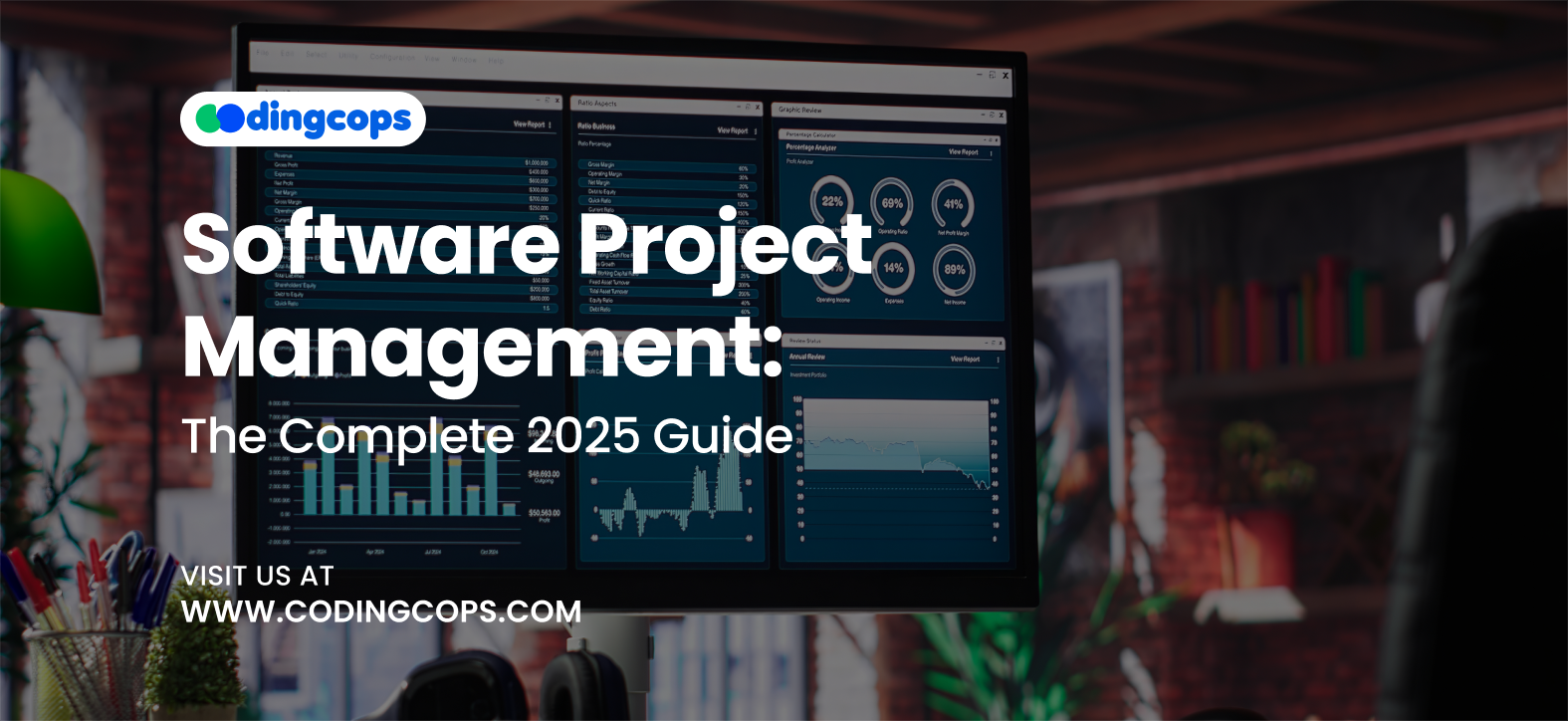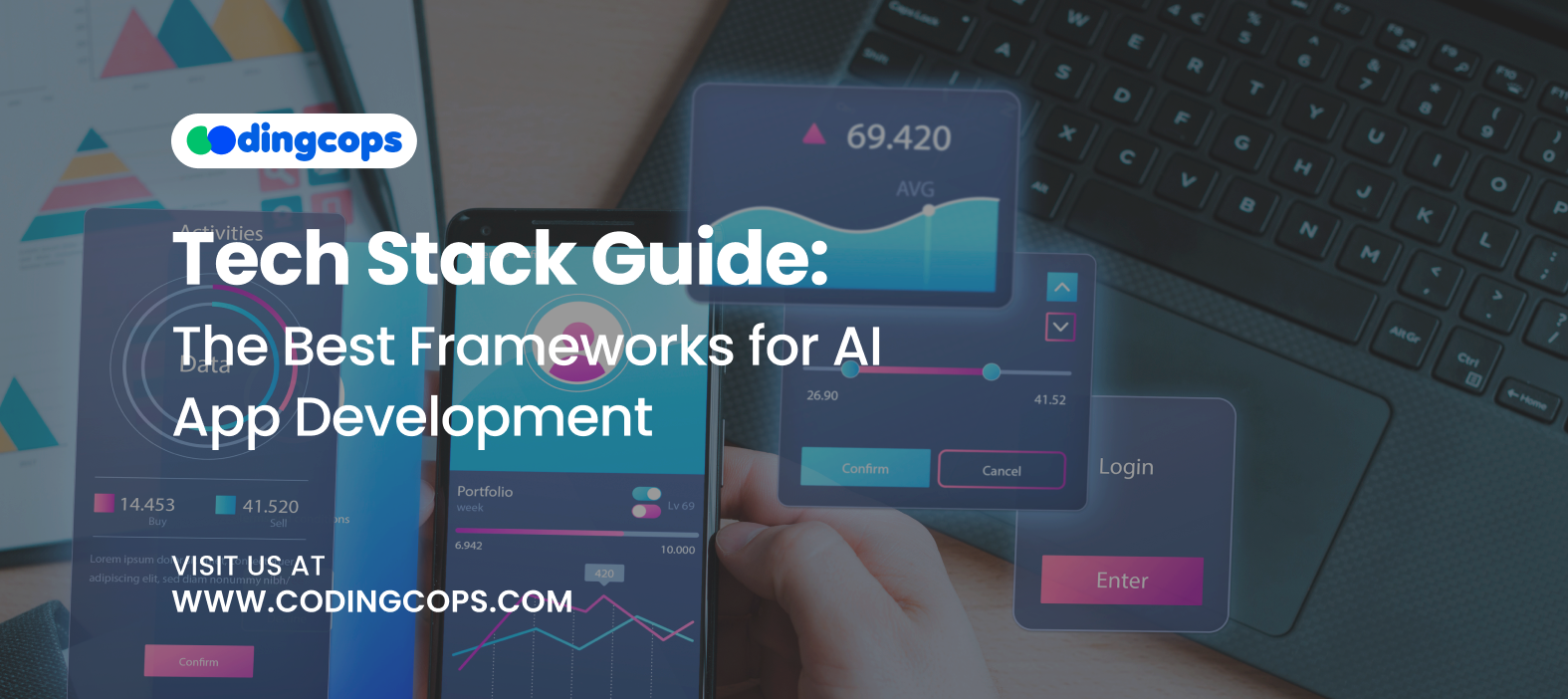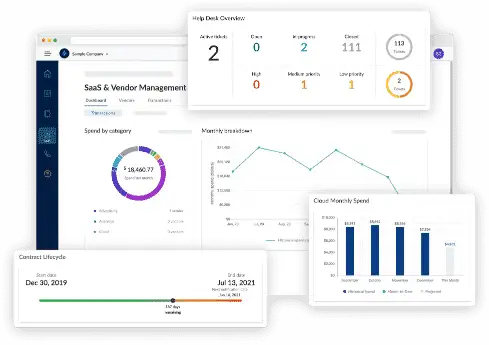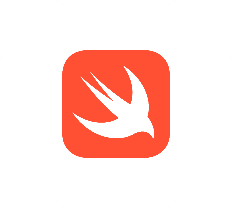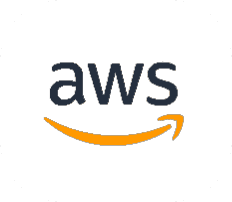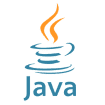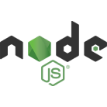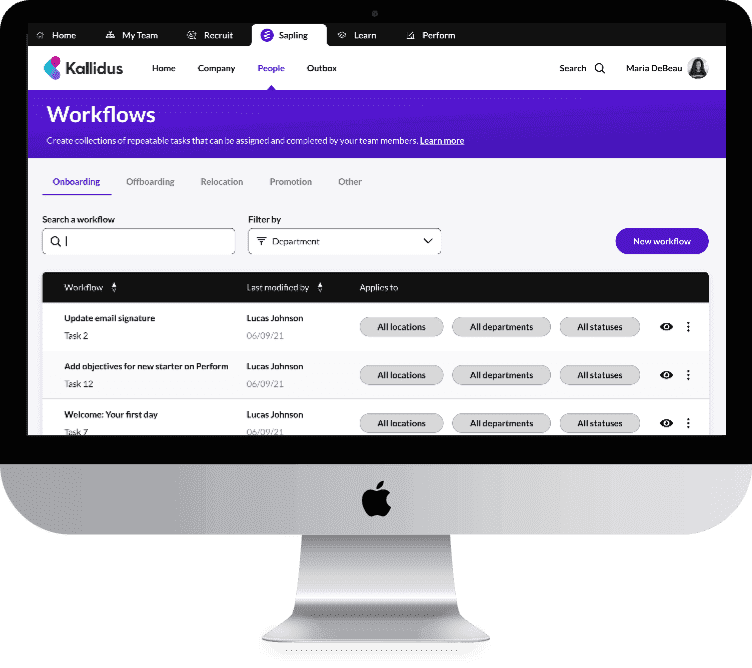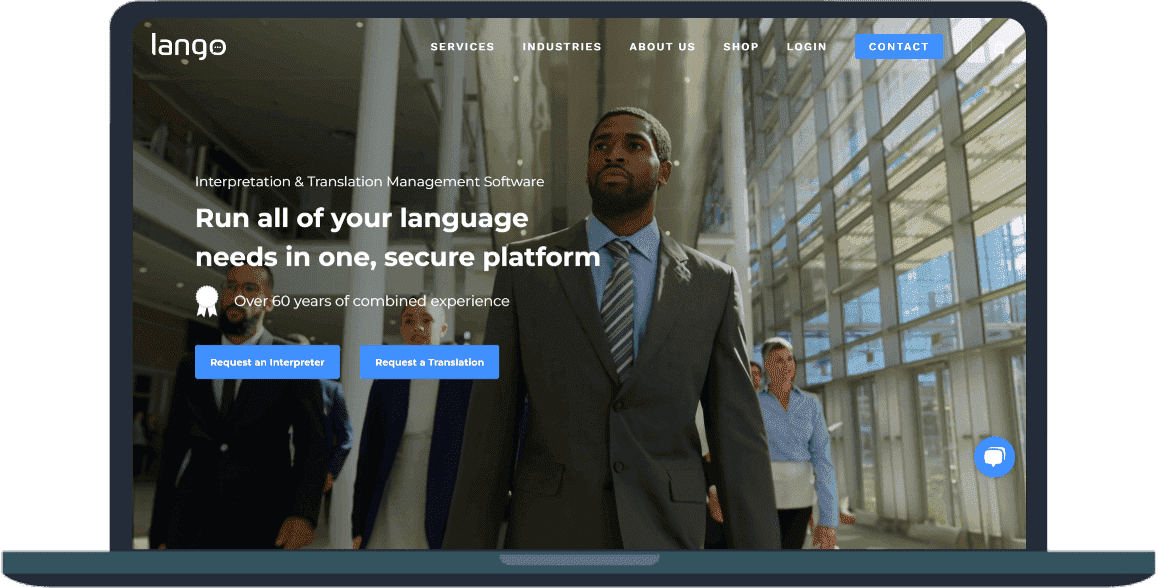The software project management market will experience significant growth, reaching $12.02 billion over the next five years. Additionally, there are over 40 million project professionals worldwide, with more than 400,000 in the USA alone. This is because the process of developing software is no longer linear. Software project management has evolved into both an art and a science as teams grow more dispersed and technology changes.
Thus, planning and execution can be combined in software project management to provide high quality software solutions on schedule and within budget.
In this guide, we will explore what software project management is, and we will also discuss the latest methodologies and tools.
Software Project Management: What is it?
The methodical process of organizing, carrying out, and monitoring software development projects to guarantee their effective completion is known as software project management. Additionally, it entails handling the three limitations of cost, time, and scope. Additionally, it guarantees that the software satisfies stakeholder expectations and quality requirements.
Tracking progress and coordinating the development team with business objectives are the duties of a software project manager. It also entails maintaining open channels of communication among interested parties. They also have to assist cross functional teams in collaborating, which goes beyond deadlines and deliverables. In modern workflows, software project management also intersects with areas like Agile methodologies and cloud deployment.
Principles of Software Project Management
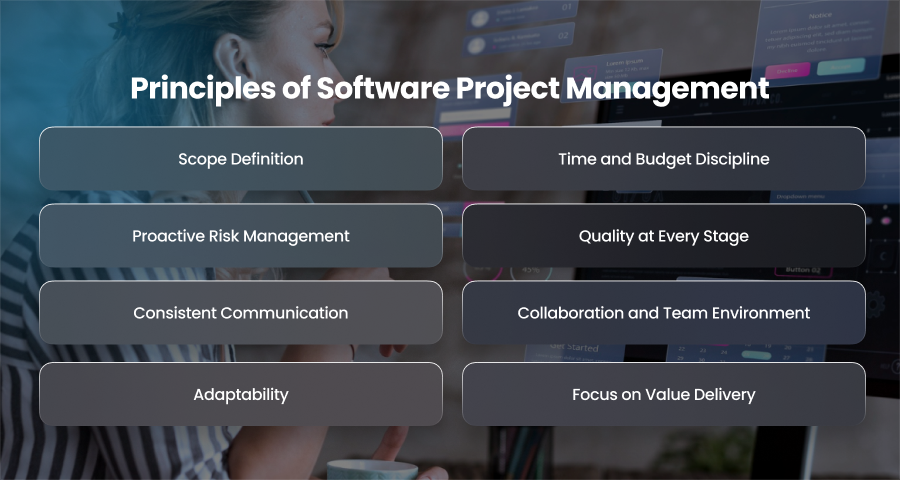
Scope Definition
A defined scope is the cornerstone of any successful software project. It also describes what will be provided and the precise objectives that the program is supposed to accomplish. Projects without a clear scope may also be impacted by scope creep, which is the process by which requests and new features continuously add to the workload, leading to delays.
Time and Budget Discipline
Time and budget constraints are a reality in every project. Effective management of both calls for thorough preparation and ongoing observation. One tool that project managers may use to track developments and spot slippage early is a Gantt chart. Businesses are now more proactive as a result of the development of AI and predictive analytics technologies for foreseeing delays.
Proactive Risk Management
There are risks associated with any software project, such as unforeseen performance problems or the failure to incorporate a new technology stack. As a result, risk management entails early danger identification and mitigation strategy development. A competent project manager also creates backup plans and communicates with stakeholders about any difficulties that can arise.
Quality at Every Stage
A project’s quality must be included in each stage of development, not just at the conclusion. This entails implementing procedures like user acceptability testing and continuous integration. Ensuring software meets both functional and non functional requirements, like performance and usability. Additionally, project managers can ensure quality assurance is further strengthened with AI testing tools and real time monitoring. Also, this helps teams maintain high standards from development and deployment.
Consistent Communication
Communication breakdowns are among the top reasons software projects fail. Hence, that’s why maintaining clear and transparent communication channels is a non negotiable principle of software project management. Whether through daily stand ups or detailed project reports, communication must flow smoothly between developers and clients. Also, it’s about gathering feedback and adjusting plans accordingly.
Collaboration and Team Environment
The success of contemporary software initiatives depends on collaboration. Instead of working in silos, cross functional teams cooperate to produce better products. Giving your workers a sense of ownership might thus enable them to achieve success.
Adaptability
Change is unavoidable, regardless of how well thought out the strategy is. Whether it’s unforeseen technological difficulties or changing marketing expectations. Additionally, the majority of teams use Agile or hybrid approaches that value frequent feedback loops and iterative development. Furthermore, a feature of effective software project managers is their capacity to modify plans without losing sight of the ultimate objective.
Focus on Value Delivery
Software shouldn’t only complete technical checklists; it should also solve actual issues. Furthermore, excellent project managers prioritize providing value above features. Understanding user needs and aligning development efforts with business goals are therefore necessary for this. This can therefore help teams prioritize the most important tasks.
Popular Methodologies in Software Management
Agile
Agile is arguably the most dominant practiced software management methodology in the world. It has also changed from being a rigid framework to a more flexible mindset. Agile also values customer connection and iterative development. Additionally, it highlights adaptability to change.
Additionally, Agile divides the product into manageable, small units called sprints rather than producing the complete thing at once. At the conclusion of each sprint, teams turn in functioning versions of the product, which are subsequently improved. Also, this continuous loop ensures that teams can pivot quickly and incorporate feedback without wasting time.
Furthermore, Agile has become even more intelligent with the integration of AI assisted sprint planning and automated workflow management. Therefore, Agile is best for projects with changing requirements and for fast releases.
Scrum
One particular Agile methodology that gives an iterative development structure is called Scrum. It also divides labor into brief, targeted sprints. Scrum places a strong emphasis on responsibility and ongoing development. Scrum also establishes positions like Scrum masters and product owners. It also includes procedures like retrospectives and daily standups. As a result, teams that gain from well defined procedures and frequent checks will find this technique particularly productive.
Kanban
By reducing the amount of work in progress and encouraging a smooth task flow, the visual workflow management system known as Kanban was created to increase production and efficiency. Kanban does not adhere to time-bound sprints as Scrum does. Rather, jobs are continually drawn into a live process from a backlog and pushed across a board until they are finished. For organizations that can manage a steady flow of work or value task visibility above strict scheduling, this adaptable and lightweight method is perfect.
Waterfall
Each step of a waterfall project is finished before the next one starts, making it a conventional and linear project management technique. Therefore, projects with well defined needs and little anticipated change benefit most from this method. Waterfall is still utilized in sectors like healthcare that need a lot of paperwork and regulatory compliance, despite being strict by today’s standards.
Hybrid Models
Hybrid approaches combine elements of traditional project management approaches, such as Waterfall, with Agile. Businesses that want Agile’s development flexibility but need to plan ahead for finances and compliance may find this hybrid approach very useful. For instance, a project may start with a thorough requirements gathering phase before switching to Kanban iterative releases.
Lean and Extreme Programming
The goal of lean software development is to streamline procedures and get rid of waste. The consumer may receive the most value from this. Additionally, it motivates groups to cut down on pointless tasks and base choices on input.
On the other hand, Extreme Programming is a development methodology that can improve software quality and responsiveness through practices like pair programming and test driven development.
Scaled Agile Framework
The Scaled Agile Framework is used by large enterprises that wish to spread Agile processes across several teams and departments. In order to guarantee alignment between technical teams and business objectives, it adds hierarchical levels. This framework emphasizes strategic planning and consistent delivery cycles.
Tools Every Project Manager Should Know
Project Management Platforms
Software project planning and execution are centralized on contemporary project management systems. Two tools that project managers may use to better plan their work and monitor their progress are Jira and Asana.
Jira is used by agile and scrum teams due to its development tools and customisable boards for sprint management. Because of its user-friendly design and automation tools that streamline repetitive work, Asana also excels in cross functional teams.
Collaboration
A key component of successful software project management is efficient communication, especially when working remotely. Slack and Notion have become indispensable platforms for fostering collaboration among geographically separated teams.
Real time chat and interaction with hundreds of apps are made possible by Slack. Because of this, it’s perfect for maintaining accessible and structured communications.
In contrast, Notion is a versatile platform for product documentation and team wikis. These technologies make sure that teams remain focused on their goals and that communication runs effectively.
Version Control
Version control systems are essential as code is the foundation of software development. With the use of platforms like GitHub, developers may collaborate on a codebase while maintaining branches and monitoring changes.
Project managers also utilize these platforms to schedule releases based on sprint cycles and monitor development progress. Additionally, GitHub now allows integrations with development pipelines, which makes automated testing and deployment processes easier.
Resource Management
It’s critical to understand how project managers spend time and money optimizing workflows and keeping projects within budgets. Project managers use tools like Harvest that provide intuitive time tracking features that help project managers asses team capacity and monitor task durations.
Automation Tools
Automation and artificial intelligence are becoming more and more significant as software project management continues to evolve. Project managers may detect hazards and prioritize activities with the use of tools like Clickup AI. These platforms offer features like predictive deadline forecasting and smart suggestions that optimize planning based on historical data.
Challenges in Software Project Management
Scope Creep
Scope creep is the term used to describe the inclusion of new requirements or features after the project has begun, sometimes without any impact analysis or documentation. Agile environments expect a certain amount of change, but if scope creep is not managed, it may cause schedule disruptions.
Therefore, project managers need to put in place a reliable change control process where every new request is evaluated and compared to company goals.
Delayed Deliverables
Time is one of the important resources in software development. Many projects, nevertheless, have trouble meeting their timelines. Unrealistic estimates can lead to missed milestones.
In addition to impacting the delivery schedule, delays can erode team morale and stakeholder trust. Also, AI tools help anticipate delays. But project managers should maintain buffers in their timelines and adjust workloads to the team’s capacity.
Technical Debt
Shortcuts used during software development that put speed ahead of quality are referred to as technical debt. Unmanaged technical debt may lead to future maintenance issues and increased costs, even if it is sometimes necessary for software delivery. Furthermore, it frequently shows up as jumbled code or poor documentation. Additionally, controlling technical debt necessitates striking a balance between long term sustainability and short term delivery targets.
Team Turnover
In the very competitive software sector, team members frequently quit projects in search of better possibilities. Unexpected departures may cause delays in onboarding and knowledge loss. The workflow as a whole may also be slowed down if the current teams are not equipped to handle security procedures and perform certain components. Project managers must so prepare for continuity by recording procedures and making sure that crucial knowledge is not isolated inside one person.
Integration Issues
Teams frequently make the mistake of employing too many platforms for various project components since they have so many tools at their disposal. As a result, this fragmentation may lead to uncertainty over which tool contains the most accurate data. Furthermore, inadequate tool integration may lead to inefficiencies. To preserve project efficiency, you should choose the appropriate tech stack.
Final Words
For software project management, flexibility and the right mix of tools are crucial. Project managers should learn modern software project management ideas and prepare for challenges in order to successfully lead teams and create software that makes an impact.

